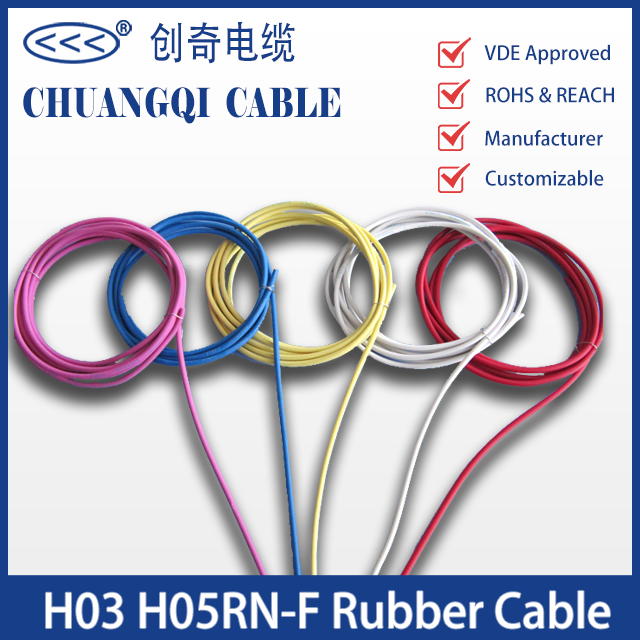Outsourcing high-quality insulating materials, with var […]
Outsourcing high-quality insulating materials, with various protective layers of cables. Main functions and overhead wires-the power system is used to distribute transmission and large-capacity power. Unlike overhead lines, the cables can be safely hidden in the outside air. Waiting for the interference of change. Low maintenance and strong durability (- usually more than 40 years). However, the structure of the power cord is more complicated, requiring many sequences, and the price of the product is dozens of times more expensive than that of overhead wires. Therefore, this does not apply to on-site workbenches that use overhead lines such as urban power distribution lines. The power of roads and industrial and mining enterprises was introduced into the main power lines of the factory. Cross rivers and railway stations, go through underground tunnels, etc. The actual power is composed of the overhead wires of the circuit and the power cord. The focus of the overhead wire is the output of the power supply, the generation of changes and distribution parts, and the power supply line.
Due to power distribution terminals, the output of medium and low voltage power cables accounts for more than 98%. With the rapid improvement of my country's economic level, the proportion of power cables in the power system continues to increase. For example, the city center and low-voltage shelf roads will gradually be transformed into concealed cable lines, and the suburbs and central cities will use overhead insulated cables.

Characteristics of power cable lines
1. Advantages of cable routing
(1) Underground packaging cables that do not occupy ground space do not occupy the space above the ground, and are generally not affected by ground buildings.
(2) Directly buried cables, trenches and tunnels with high power reliability are installed in cables, and they are not affected by adverse weather conditions such as lightning, wind disasters, New Years, ice floes and other external factors, and have high power reliability.
(3) The cable line with low possibility of electric shock is laid underground. No matter what fault occurs, the electric part is in the grounded shielding part, so as long as it trips, it will not hurt people and is safe.
(4) The structure of a cable with a large dispersion capacitor is equivalent to a capacitor, and the invalid output is very large.
(5) The cable lines with small maintenance workload are underground. In general (except for the charging cable lines), regular road observations are carried out, and preventive tests with the open sea for 2 to 3 years can be carried out.
2. Disadvantages different from overhead lines
(1) The cross-sectional area of the wire is very different from the investment cost, the cooling condition is not good, and the transmission capacity of the cable is less than that of the overhead line. However, the comprehensive investment cost is several times that of the overhead line with the same transportation capacity. For example, 35kV cable lines installed in tunnels and exhaust pipes are 4 to 7 times the transmission capacity of the same, and the comprehensive investment is more than 10 times.
(2) If you need to guide the branch power supply of the cable line that is difficult to branch, you need to add branch boxes and T-shaped joints and other specific equipment to achieve the purpose of branching.
(3) The cable line with difficult fault detection is underground, and the fault point cannot be seen. It must be measured with a special instrument, and the measurement error is large.
(4) The manufacturing process requirements of the cable head are high. In order to ensure the insulation strength and sealing protection requirements of the cable line, the manufacturing process requirements of the cable head are high and the cost is high.